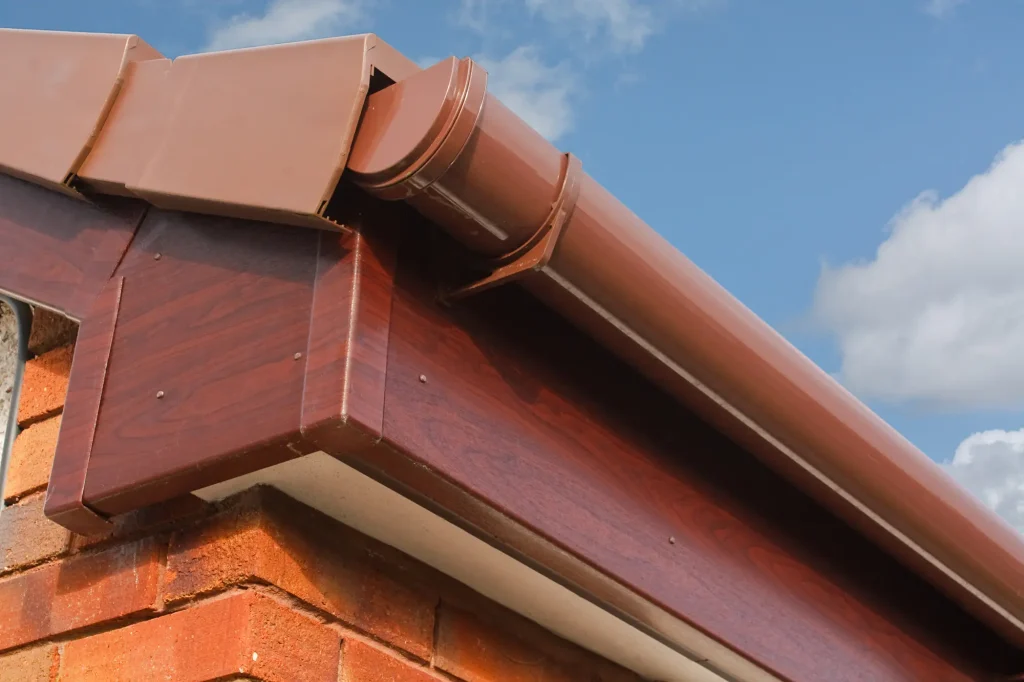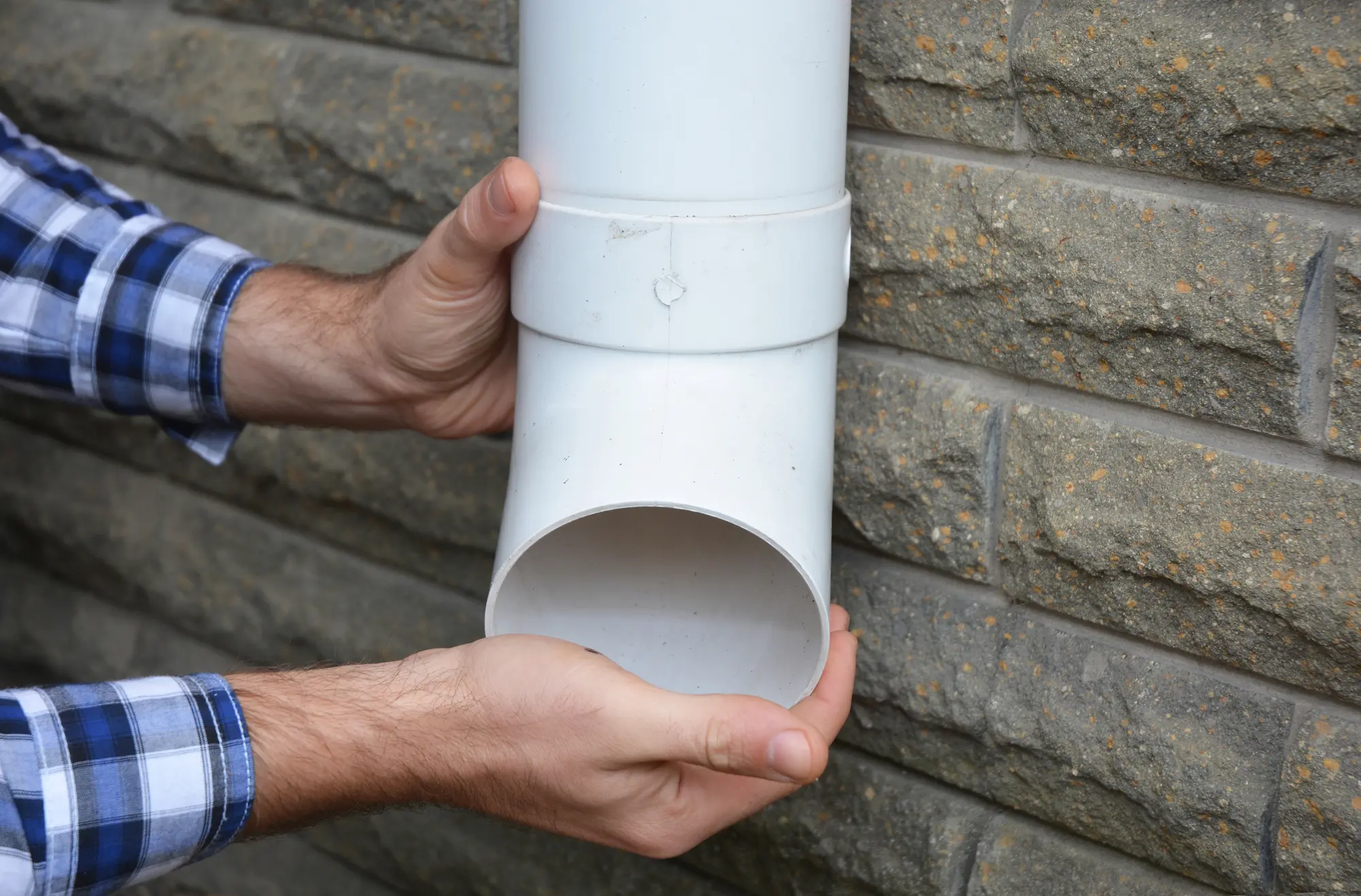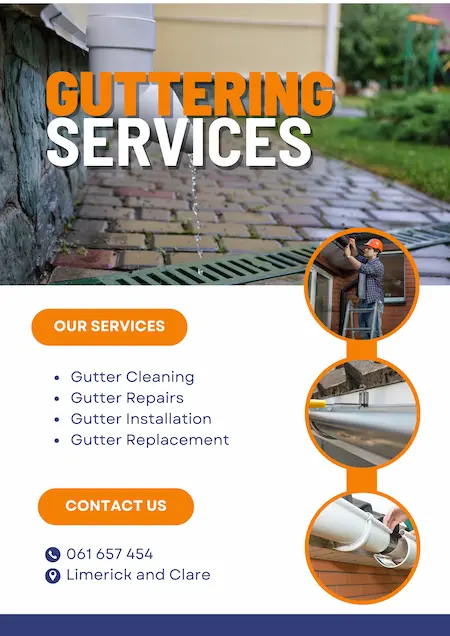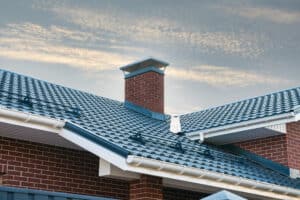Your gutter downspouts play a crucial role in protecting your home’s foundation from water damage. However, over time, you may experience inefficiencies with your guttering system due to cracks, clogs, and misalignments in the downspouts.
In this comprehensive article, we will explore the common issues that can arise with your downspouts and provide you with step-by-step DIY fixes to address them effectively.
Whether you’re a homeowner or a professional, understanding downspout repair techniques will help you maintain the functionality and aesthetics of your property. Let’s dive into the world of downspout repair and ensure your gutters are in optimal condition!
Key Takeaways
- Regular maintenance and DIY downspout repairs can help prevent common issues such as clogging, misalignment, and leaks, ensuring the proper functionality of your guttering system.
- DIY downspout repairs can include tightening or replacing brackets, reconnecting downspout sections, sealing leaks, clearing blockages, and replacing damaged parts.
- It is advisable to seek professional assistance to ensure the best results and avoid further complications.
- Implement preventive measures like regular cleaning, installing gutter guards, properly positioning downspout extensions, ensuring adequate slope, and conducting routine inspections to minimize inefficiencies in your downspout.
What Are the Common Downspout Problems?
- Clogging: One of the most common problems with downspouts is the accumulation of twigs, and other debris, which can prevent proper water flow. This can lead to overflow, water damage, and even foundation issues.
- Misalignment: Downspouts can become misaligned over time due to shifting or settling of the foundation. When a downspout is not properly aligned with the gutter or the ground, it can cause water to pool and overflow, leading to potential damage.
- Cracks or Leaks: Downspouts are typically made of materials like aluminium or PVC, which can develop cracks or leaks over time. These cracks can result in water seeping out of the downspout, causing damage to the surrounding area.
- Separation: Downspouts can become separated from the gutter system or the underground drainage pipes. This can occur due to heavy rain, strong winds, or poor installation. When a downspout is separated, it can lead to water pooling and overflowing in the wrong areas.
- Insufficient Extensions: Downspout extensions are used to direct water away from the foundation of a building. If the extensions are too short or missing altogether, water can accumulate near the foundation, potentially causing structural damage over time.
- Improper Slope: Downspouts should be installed with a slight slope to ensure proper water flow. If the slope is too steep or not present at all, water may not effectively drain away from the building, leading to pooling and potential damage.
- Frozen Downspouts: In colder climates, downspouts can become frozen during the winter months. This can lead to blockages and prevent water from properly draining, resulting in potential ice dams and other issues.
- Inadequate Size: Downspouts that are too small for the amount of rainfall can result in overflow and water damage. It is important to ensure that the downspouts are appropriately sized for the area they are serving.
Addressing these common downspout problems promptly can help prevent further damage and maintain the structural integrity of your building. Regular inspection, cleaning, and maintenance can go a long way in ensuring the proper function of downspouts.
What Are the Steps to Repairing Gutter Downspouts?
Repairing a downspout using the do-it-yourself (DIY) method can be a cost-effective option for minor issues. Here are the steps to gutter downspout repair on your own:
- Gather the necessary tools and materials. You’ll need:
- Ladder or step stool
- Screwdriver or drill
- Downspout bracket or strap
- Silicone sealant or gutter sealant
- Downspout elbow (if needed)
- Downspout extension (if needed)
- Inspect the downspout: Examine the downspout carefully to fix the gutter downspout. Identify the specific issue. Common problems include loose brackets, disconnected sections, leaks, or blockages.
- Tighten or replace brackets: If the downspout is wobbling or detached from the wall, tighten existing brackets or replace damaged ones. Use a screwdriver or drill to secure the brackets to the wall or fascia.
- Reconnect downspout sections: If the downspout sections have become disconnected, realign them and secure them with brackets or straps. Ensure a snug fit to prevent water leakage.
- Seal any leaks: If there are small cracks or leaks along the downspout, apply silicone sealant or gutter sealant to seal them. Make sure to clean and dry the area before applying the sealant for better adhesion.
- Clear blockages: If the downspout is clogged, use a plumber’s snake or a high-pressure nozzle attachment on your hose to dislodge the debris. Start from the bottom of the downspout and work your way up.
- Replace damaged parts: If any sections of the downspout are severely damaged and cannot be repaired, replace them with new downspout sections. Ensure the replacement sections are the correct size and fit snugly together.
- Install a downspout elbow or extension (if needed): Depending on your specific needs, you may need to install a downspout elbow or extension to redirect the water away from the foundation. Follow the manufacturer’s instructions for proper installation.
Once you have completed the repairs, run water through the downspout to test its functionality. Check for any leaks or signs of improper water flow. Make any necessary adjustments or additional repairs if needed.
When Should You Call a Professional Gutter Repair Service?

While DIY gutter downspout repairs can be effective for minor downspout issues, there are instances where it is best to seek reliable gutter assistance. Consider calling a professional in the following situations:
- If the downspout has significant damage or requires complex repairs.
- If the repair work involves working at heights or on a precarious surface.
- If you lack the time, skill, or knowledge required to repair the downspout effectively.
- If you are unsure about the exact cause or extent of the downspout problem.
How Can You Prevent Future Downspout Issues?
Preventive actions and routine maintenance can reduce downspout issues. Here’s how to repair a gutter downspout and avoid gutter problems in the future:
- Clean gutters and downspouts regularly: Clear out debris, leaves, and other materials that can clog the downspout. Regular cleaning of the guttering system ensures proper water flow and prevents blockages.
- Install gutter guards: Gutter guards or screens can help prevent debris from entering the gutters and downspouts, reducing the risk of clogging. Make sure they are securely attached to prevent leaks.
- Properly position downspout extensions: Make sure downspout extensions are directed away from your home to prevent water pooling and potential damage.
- Ensure adequate slope: During installation or repair, ensure that downspouts have a slight slope to facilitate proper drainage.
- Conduct routine inspections: Regularly inspect the downspouts for signs of damage, such as cracks, leaks, or detachment. Address any issues promptly to prevent further damage.
Should Downspout Cleaning Be Part of Regular Maintenance and Repair?
Downspout cleaning can help prevent clogs and water damage with regular maintenance and repair. It should include downspout cleaning to ensure proper water drainage and protect the integrity of your home’s foundation. Neglecting this task can lead to costly repairs and potential safety hazards.
Frequently Asked Questions
If you’re facing downspout issues that require professional assistance, don’t hesitate to get in touch with our reliable gutter repair service in Limerick. Our team of experienced professionals is equipped to handle all types of downspout problems. Contact us today for a thorough inspection and expert gutter repair solutions.






